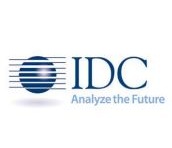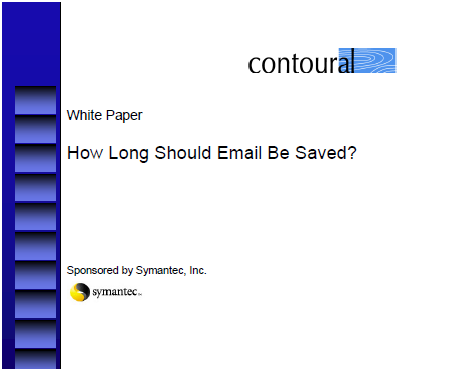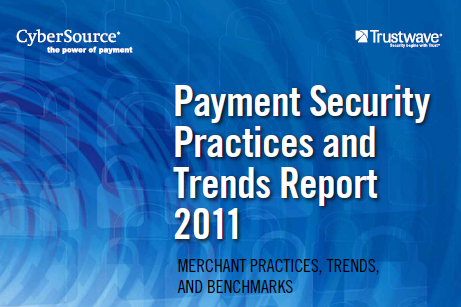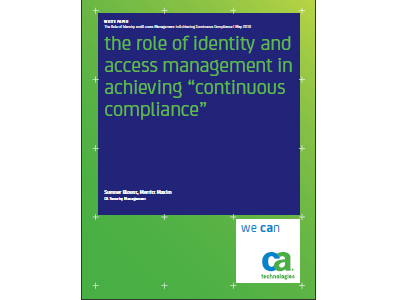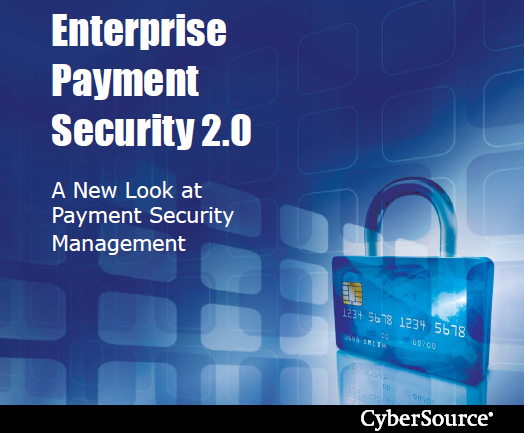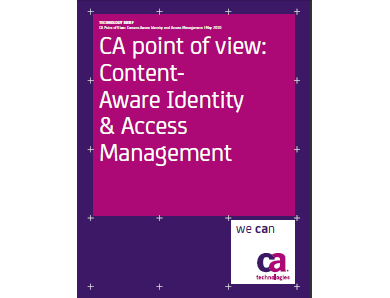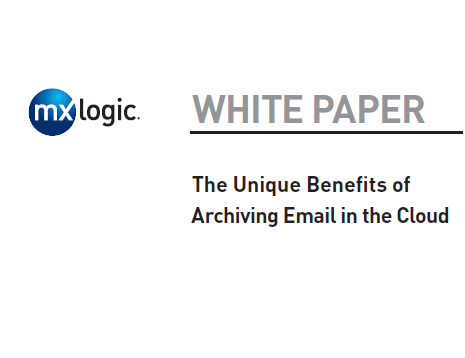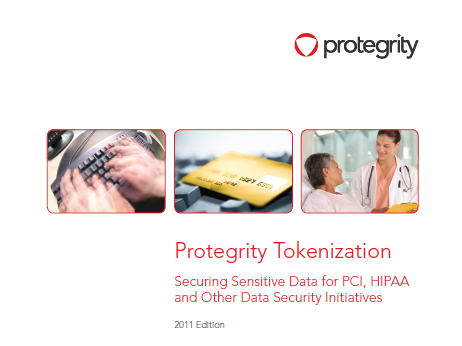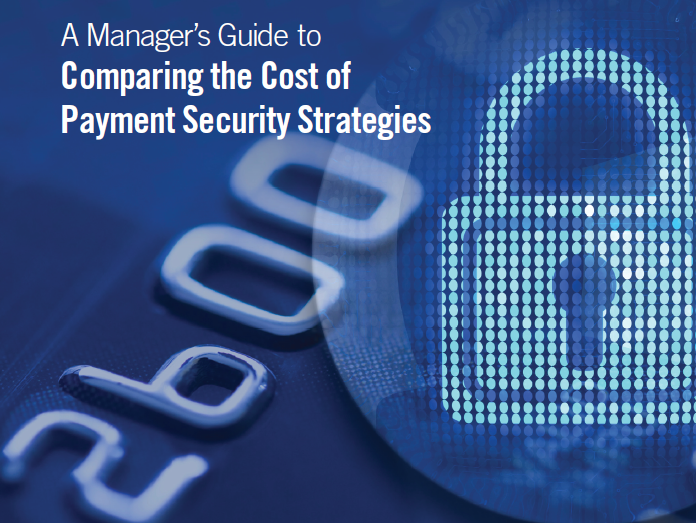Featured White Paper
PCI Compliant Hosting
PCI Compliant Hosting
Engaging customers online is a necessity for every business today. Brick and mortar traditional retail shopping experiences compete aggressively with online buying experiences, with local customers often choosing to buy online even if the store is right down the street. Key banking and bill processing transactions are only a mobile app away, making both e-commerce transactions and the the number of end points touching cardholder data prolific. Established companies have to become online and mobile before the younger, nimbler competition absconds with the mobile market share. Nascent startups have to provide mature transaction security to protect their reputation with customers, and access to credit lines.
IDC Report: Architecting a Flexible Bring Your Own Device Strategy
Written by security industry analyst Phil Hochmuth of IDC, reviews BYOD trends and risks, the mobile security landscape, policy development and control options. The report presents a tiered service approach to enterprise mobile security while exploring how NAC and MDM as complementary controls can offer necessary network and device level defenses to enable IT organizations to realize mobility advantages and reduce security and compliance exposures.
Continuous Compliance: A Better, Faster, Cheaper Way to Comply
Businesses today are under increased pressure to cut costs, optimize performance, and reduce risk. The need to meet these challenges is particularly apparent in the area of regulatory compliance. Historically, businesses responded to emerging regulatory requirements by assigning a dedicated team to handle every new mandate, each with its own specific team, mission, and project scope. But as regulations continue to proliferate and evolve, this approach is directly at odds with business requirements to improve performance, reduce costs, and more effectively manage risk. But what is the alternative, given the amount of effort required to manage compliance in a rapidly changing and increasingly complex regulatory landscape?
How Long Should Email Be Saved?
As email has become more critical in the business world, many companies are weighing the question of how long it should be retained, what should be done with it, and when it should be deleted. The answer depends on many issues, particularly when one considers the varying regulations and business situations that might demand emails to be archived for long periods of time.
2011 Payment Security Practices and Trends Report
Managing payment security is an ongoing challenge for organizations. To help businesses understand management trends and practices among peer groups, CyberSource and Trustwave, in partnership with the Merchant Risk Council (MRC), commissioned the Payment Security Practices and Trends Survey. The report summarizes the findings and provides insights and industry benchmarks, as well as industry trends.
The role of identity and access management in achieving "continuous compliance"
There's a tremendous focus today on complying with regulatory mandates, keeping IT systems secure, and ensuring privacy for confidential enterprise and customer information.
Enterprise Payment Security 2.0
There's no doubt protecting payment information during transmission, processing and storage is a business imperative. But, the current "lock-down" approach, which focuses on encrypting payment data within your environment, has proven inadequate, unmanageable, or both. Think about it.
Managing Information Risk in the Extended Enterprise: Why Corporate Compliance and IT Security Must Join Forces
One of the biggest sources of information risk companies face today is collaboration with externals. New tools have made document collaboration much easier and more accessible, but how does business take advantage of the benefits of online document collaboration tools, while avoiding the compromise of confidentiality of critical business information?
CA Point of view: Content-Aware Identity & Access Management
CA Content-Aware IAM helps you respond to the key IT drivers above. It helps to automate identity-based security processes (such as user provisioning, entitlement certification, etc.), which increases efficiency and reduces IT costs.
The Unique Benefits of Email Archiving in the Cloud
The growing volume of user email messages is escalating storage requirements and increasing the pressure on traditional email archiving solutions. Maintaining email archives to meet security, compliance or business policies is a struggle, with traditional in-house solutions facing a never-ending cycle of decreasing performance and increasing investments in costly technology.
Protegrity Tokenization - Securing Sensitive Data for PCI, HIPAA and Other Data Security Initiatives
Protegrity has invented a new tokenization technology that simplifies and dramatically lowers the cost of deploying this mode of data protection. Tokens are cost effective because they don't require security controls for protection – they're not sensitive data, they only represent that data. Yet tokens are transparent to most applications and business processes.
A Manager's Guide to Comparing the Cost of Payment Security Strategies
This guide will help you assess and compare the cost of managing payment security via an on-premises or hosted operations model. Topics include:
Governance, Risk, and Compliance Management: Realizing the Value of Cross-Enterprise Solutions
This paper explains SAP's vision for a cross-enterprise governance, risk and compliance (GRC) solution and the benefits it can provide, defines key terms, and discusses what to look for when evaluating GRC software options.


